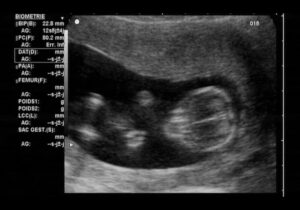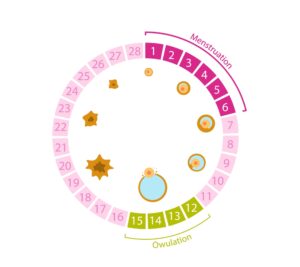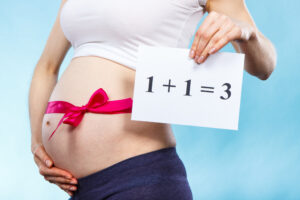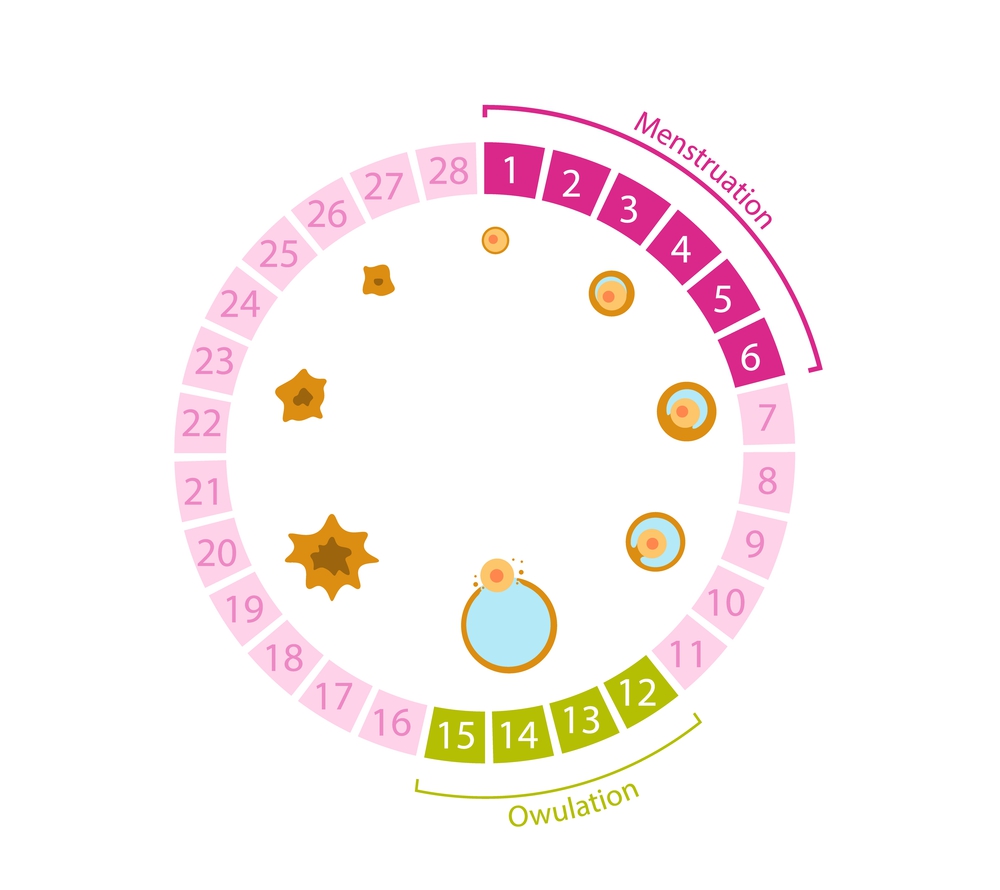Ovulation calculator
Use the free online tool from Mamma in Progress to calculate ovulation days, and therefore a woman’s fertile period, using the Ogino-Knaus method. It is important to note that this method is not reliable as a contraceptive system and should be used exclusively for seeking pregnancy.
To calculate the fertile period, simply enter the date of the last menstrual period and the length of the shortest and longest menstrual cycles in the past 12 months.
The calendar indicates the most probable days for conception. Please note that the values may be approximate.
Calculating the Ovulation Date
The fertile period is a phase of the menstrual cycle when a woman has the highest probability of conceiving. Understanding how to calculate the fertile period is crucial for couples who wish to have a baby, but also for those trying to avoid pregnancy (though it is important to remember that this method is not considered a reliable contraceptive system).
The Menstrual Cycle
To understand how to calculate the fertile period, it is essential to have a basic knowledge of the menstrual cycle. The menstrual cycle is a physiological process that occurs in all women of reproductive age and repeats every month. The cycle is regulated by a complex balance of hormones that prepare a woman’s body for a possible pregnancy.
Phases of the Menstrual Cycle
- Menstrual Phase: Begins on the first day of menstruation and generally lasts 3 to 7 days.
- Follicular Phase: Starts with the end of menstruation and lasts until ovulation. During this phase, an ovarian follicle matures and prepares to release an egg.
- Ovulation: The mature egg is released from the ovary and travels through the fallopian tube. This is when a woman is most fertile.
- Luteal Phase: Follows ovulation and lasts until the start of the next cycle. If the egg is not fertilized, the corpus luteum breaks down, and hormone levels decrease, leading to the beginning of a new menstrual cycle.
Ogino-Knaus Method
The Ogino-Knaus method, also known as the rhythm method, is one of the oldest methods for calculating the fertile period. This method is based on the knowledge of the phases of the menstrual cycle and the observation that ovulation occurs about 14 days before the start of the next cycle. Although this method is not considered a reliable contraceptive method, it can be useful for identifying the most fertile days.
Calculating the Fertile Period
- Cycle Length: Determine the length of the shortest and longest menstrual cycles in the past 12 months.
- Date of Last Menstruation: Identify the start date of the last menstrual cycle.
Calculating Ovulation Date Example
Suppose the date of the last menstruation is May 1, with a shortest cycle length of 26 days and a longest cycle length of 30 days.
- First fertile day: May 1 + 26 – 18 = May 9
- Last fertile day: May 1 + 30 – 11 = May 20
Peak Fertility Period
The peak fertility period generally occurs between the 10th and 17th day of the menstrual cycle. By using the central days of the total fertile period, we can identify the peak fertility days.
Other Methods for Calculating the Fertile Period
In addition to the Ogino-Knaus method, there are other methods to determine the fertile period, which may offer greater precision.
Basal Body Temperature Method
This method is based on the daily measurement of basal body temperature (BBT) upon waking. BBT tends to rise slightly after ovulation due to the increase in progesterone. By monitoring BBT for several months, it is possible to identify a pattern and predict fertile days.
Ovulation Monitoring
There are ovulation monitoring kits available at pharmacies that measure the levels of luteinizing hormone (LH) in urine. An increase in LH indicates that ovulation is imminent, usually within 24-36 hours.
Calculating the fertile period is a useful tool for couples wishing to conceive, but it must be used with caution. Although methods like the Ogino-Knaus method can provide an approximate guide, the natural variability of the menstrual cycle and external factors can affect the accuracy of predictions. For couples trying to avoid pregnancy, it is advisable to consult a healthcare professional and consider more reliable contraceptive methods.

 Italiano
Italiano



